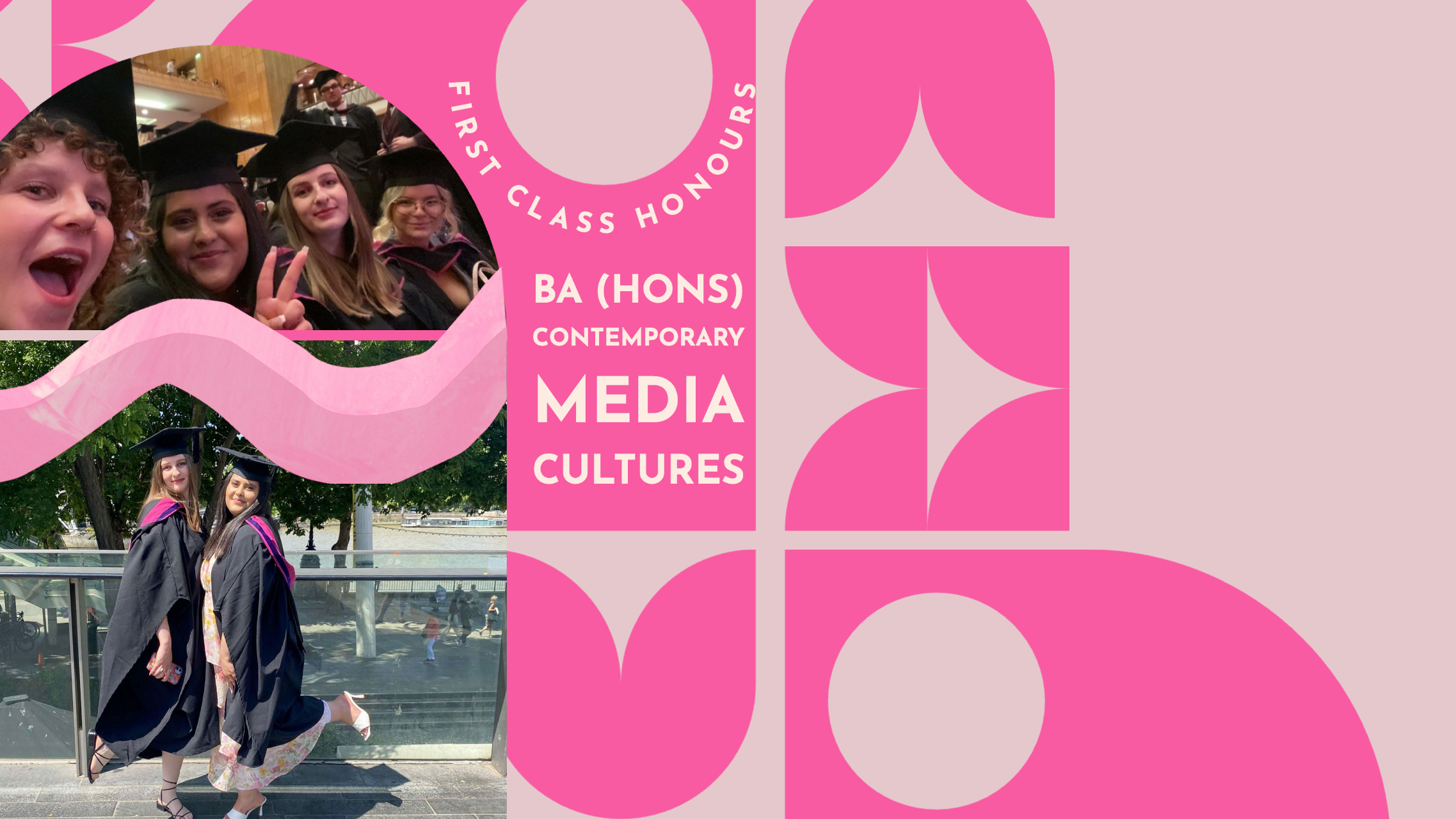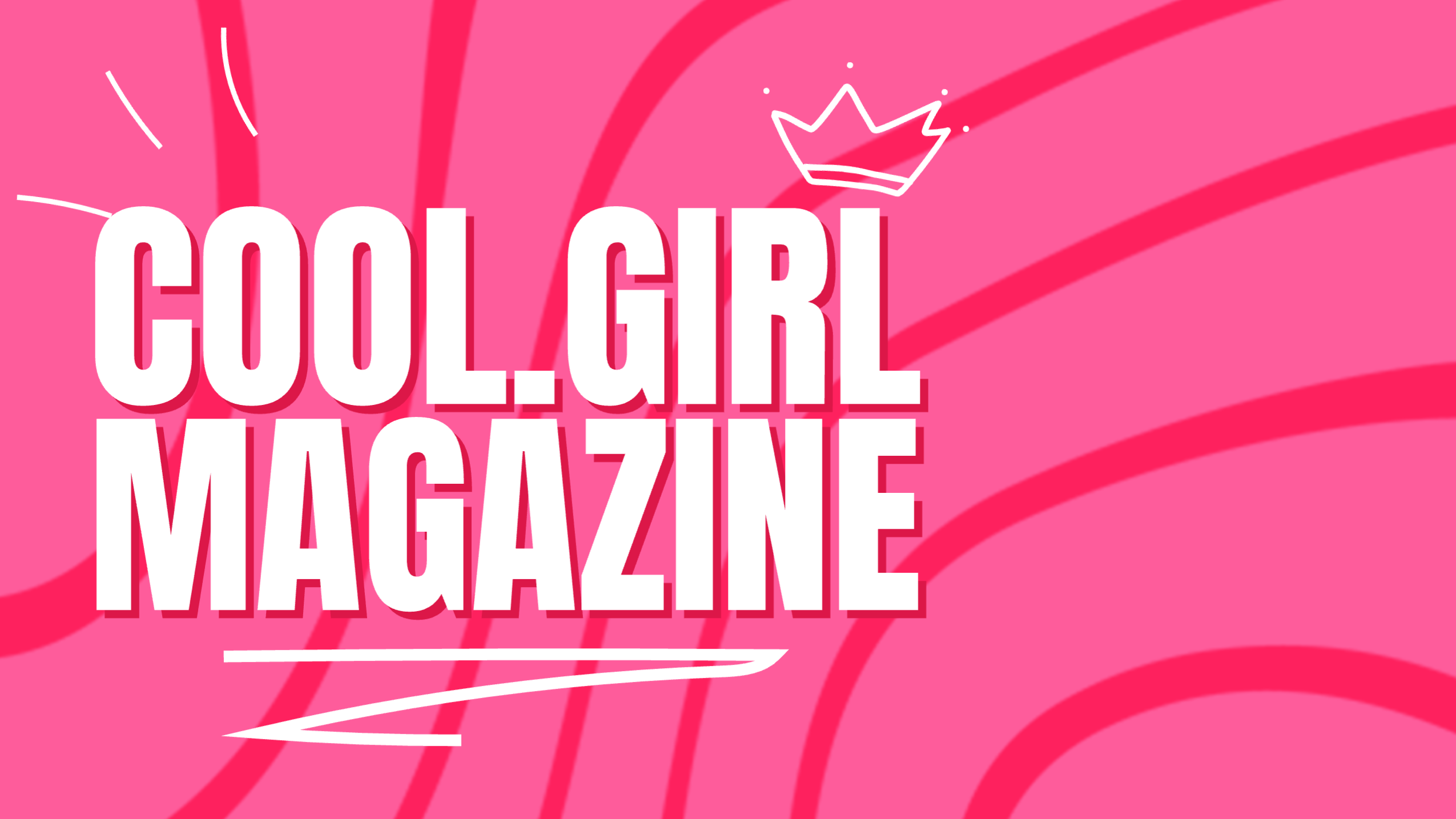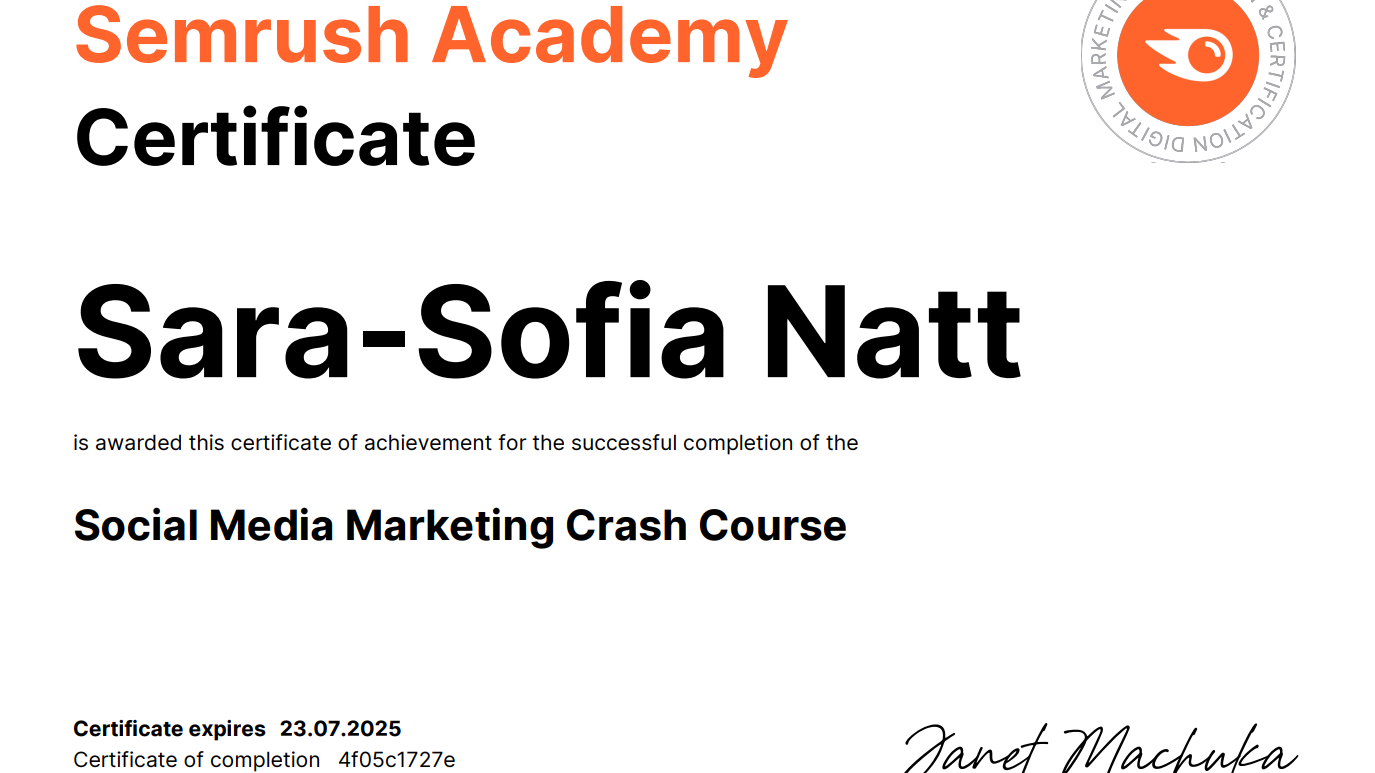Writing a dissertation was a long road with many ups and downs, which required a lot of dedication and commitment. I am so glad to have been able to give it my all, and come out having achieved an A grade for this piece of writing. My dissertation was titled:
Representations of masculinities in ‘World of Warcraft’: How players construct their gendered identities in online communities.
The overall purpose of my study was to investigate the experiences of massively multiplayer online role-playing games (MMORPGs), using World of Warcraft (WoW), which was released in 2004 by Blizzard Entertainment, as a case study. I set out to identify and examine the portrayals of masculinities and hegemonic masculinity, and look closely at at how players construct and navigate their gendered identities in online communities.
As online video games attract more attention for the role in which they play in the shaping of people’s minds in sociocultural contexts, due to their ability to be utilised as a cultural learning tool, it’s important to give consideration to the impacts they can have upon how players construct their identities and navigate their belonging within games as a result.
Through conducting a qualitative research design, and carrying out a series of discourse analysis, to look at language used in conversations by non-playable characters, as well as how they player-base themselves through emotes, joke and flirt voice lines, I identified the impact that discourse plays in the legitimisation of male dominance and power, as well as the ‘othering’ of female players, and how this may impact how they navigate their belonging in-game and among fellow players.
The results showed that through discourse in WoW, female players are consistently reminded that they have little to no power in comparison to that of a male player. The language presented had worked towards normalising sexualisation of female players, and there’s a clear systematic over-representation of masculinity, situation males at the position to be able to enact social dominance orientation and revolting anytime this has been challenged. This links to how identity is constructed by female players, through enlisting ‘survival tactics’ in order to feel welcomed and appreciated in game-play.
My research question aimed to establish an insight to some of the ways in which masculinities are portrayed and kept in a position of power within WoW. Based on a qualitative analysis of discourse used in game by both NPCs and players, it can be concluded that WoW has enabled a vast portrayal of hegemonic masculinity and social dominance orientation through its content. It was clear to see that these are the two main factors which enable participation in sexism towards women and normalisation of over-representation of masculinities.
One major way for masculinities to remain at the top of the social hierarchy, is through the forms of language and communication which is presented through various aspects of the game. Male players are able to assert their heterosexuality upon co-players through discourse, and present an unquestionable desire for power. The results showed a clear indication that male players and NPCs in the past have demonstrated a distinct level of behaviour which situates female players as the ‘other’ in a male dominated space, making it difficult for them to construct an identity that is true, as they need to present themselves as somewhat masculine to be accepted by players into a level of participation that will let them progress within the game successfully.





